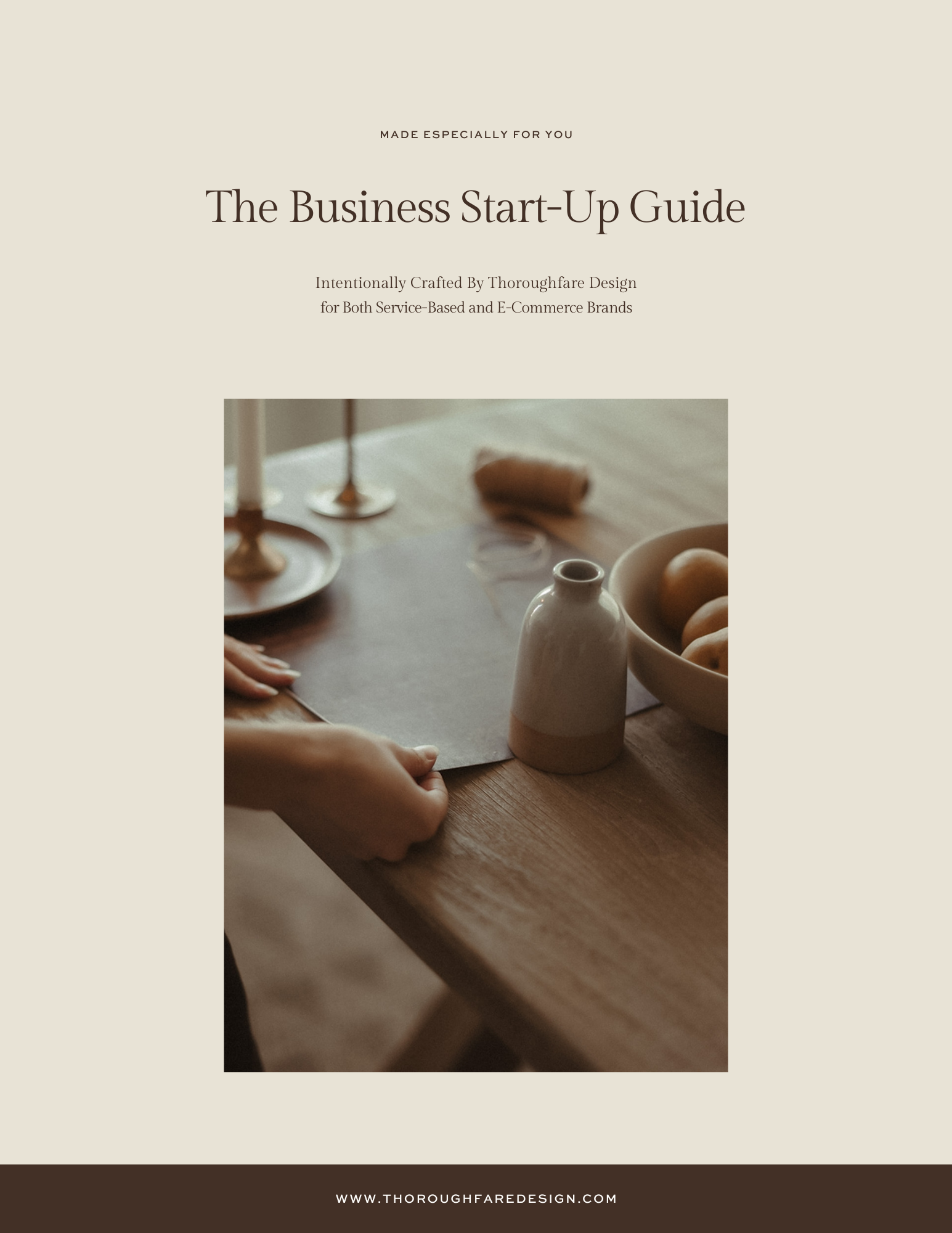
Creating a strong foundation for your website’s search engine optimization (SEO) is crucial for boosting your online presence. Search engines love it when your website is easy to analyze and index. Search engines like efficiency, and setting up your SEO to be precisely how they like it allows your website to showcase quicker in the results and begin to gain ranking for keywords.
In this guide, we will focus on several fundamental aspects that lead to a strong SEO foundation in your website, including meta titles, meta descriptions, image optimization, a good website host, SSL certificate, website content, and sitemaps. Let’s dive in and get your website optimized for success.
Meta Titles
Meta titles are important for determining how your website appears in search results. A good meta title should accurately describe the content of the page while containing relevant keywords to improve its visibility. Don’t forget it should also be concise and compelling to encourage users to click on your website page. Here is an example to help you get started:
Branding & Website Design Studio Honoring Intentional Living & Sustainable Values
Remember to set up meta titles for all your other important website pages, not just your home page. Users will interact with your website in different ways, so you want to make sure each page has good meta titles to allow users to understand the value behind each page.
Meta Descriptions
Similarly, the meta description provides a brief summary of the page’s content, serving as a snippet that showcases below the title in search results. Crafting a descriptive, engaging meta description can improve the chances users will click on your website. Just be sure to keep in mind the character limit for a meta description. If you do end up going past the character limit, at a certain point, your content will be cut off when showcased on the search engine results page. Here is an example of a meta description that meets the character limit and hits on a few keywords:
Thoroughfare Design is a full-service branding and website design studio prioritizing intentional living and sustainability in our solutions.
Looking at the above meta description, we mention our business name, what we offer, and who the offerings are geared for. When creating your meta description, think more about sharing the value behind working with you or buying your products. After all, they are coming to you for a solution to one of their struggles.
Website Content
Website content is one of the most common things people think of when they first hear SEO. The main goal for your website content is to appeal to your target audience while also using keywords or keyphrases in your titles (headings like H1, H2, H3, H4, etc.) and in your content itself. So, in your paragraph content. Please make sure to be careful not to overuse your keyword(s) or keyphrase(s). You want to make sure it is readable for your audience. If you overuse keywords, it can become difficult to read and understand the value you provide. Our recommendation is to write your content in a way that appeals to the audience you want to target. The best way to do that is to know your audience. If you research your audience before writing your content, it will make a world of difference. Seriously, it will answer so many questions for you.
So, to recap, make your content easy to read and understand because we live in a day and age of skimming, along with incorporating your keywords and key phrases in your headings and paragraphs. Again, be sure you aren’t stuffing the keyword in every heading or sentence. Find that balance =).
Image Optimization
Optimizing images is essential for improving your website’s performance and SEO at the same time. The goal is to compress your images without compromising quality. By doing so, you can improve how fast your website loads for your viewers. There is nothing more frustrating than a website that takes forever to load. Take it from experience: users won’t stick around very long if they know another resource is available.
If you are wondering what are good platforms for optimizing images, we use Photoshop for our images. You can also use Canva to size your website images. At our design studio, we keep a few main image sizes we always stick to using so it keeps image sizing as simple as possible. For example, we like to use 1920 x 1280px for places on the website where we know we will need horizontal or landscape-sized images. For vertical-size images, we use the opposite, a 1280 x 1920px. The last standard image size we use is squares. If we size an image for a square section, we use a 1280 x 1280px.
Each image size uses the same 1280px for the width, length, or both. If you are ever in doubt, you have to remember two numbers for sizing images: 1280 and 1920. It keeps it easy for your staff members as well.
If you use Canva, you can set up default blank templates to use these dimensions for the length and width and then use them as templates as your go-to for sizing your website images. So your Canva templates would look like this:
- Horizontal Images = 1920px x 1280px
- Vertical Images = 1280px x 1920px
- Square Images = 1280px x 1280px
We hope this tip helps save you some time and eliminate the guessing game of what size your website image needs to be before uploading it.
Good Website Host
To maintain an online presence, make sure to select a reliable and high-performing website host. A good host ensures minimal downtime, fast loading speeds, and efficient server response times. Prioritize a host with reliable security measures, excellent customer support above all, and scalable hosting options to accommodate your website’s growth.
If you need help selecting a website host, look at Dreamhost. We use them (more specifically, their Dreampress plan) for our website and our professional emails. We also love the fact that they are big supporters of sustainability and truly value renewable energy sources. You can read more about their eco-friendly efforts here.
SSL Certificate
Improving the security of your website with an SSL certificate is essential for establishing trust with your website users and search engines. An SSL certificate secures data transmitted between the user’s browser and the website server, leading to a secure browsing experience. Websites with SSL certificates are favored by search engines, potentially leading to higher rankings in search results.
It is pretty common for your website host to include an SSL certificate. Make sure you choose a website host that includes this, or you can find a design studio that can implement Cloudflare (a content delivery network) so you can use their free SSL certificate. Just be sure to have an SSL certificate on your domain. A great indicator is the green lock icon next to the URL in your browser.
Non-SSL: http://thoroughfaredesign.com
SSL Certification: https://thoroughfaredesign.com
Sitemap
A well-built sitemap allows search engines to analyze and index your website effectively. By creating and submitting a sitemap, you provide search engines with a blueprint of your website’s structure, making it easier for them to discover and understand your content so they can showcase your website on the results page. If you just finished a website project, don’t forget to submit your sitemap so your website can be showcased in the search engine results.
Think about all the websites online. Search engines aren’t going to use their limited resources to analyze a website unless they know it is ready to be indexed. By submitting a sitemap, you are letting them know your domain or URL is ready to be showcased on their results page. You can view our sitemap here.
Final Thoughts
Establishing a solid SEO foundation for your website is vital for long-term online success. You can enhance your website’s visibility and build up your online presence by focusing on key elements such as meta titles, meta descriptions, website content, loading speed, image optimization, and a reliable website host. Good luck with optimizing your website SEO, and feel free to send us an email with any questions you may have about your website SEO at hello@thoroughfaredesign.com.









